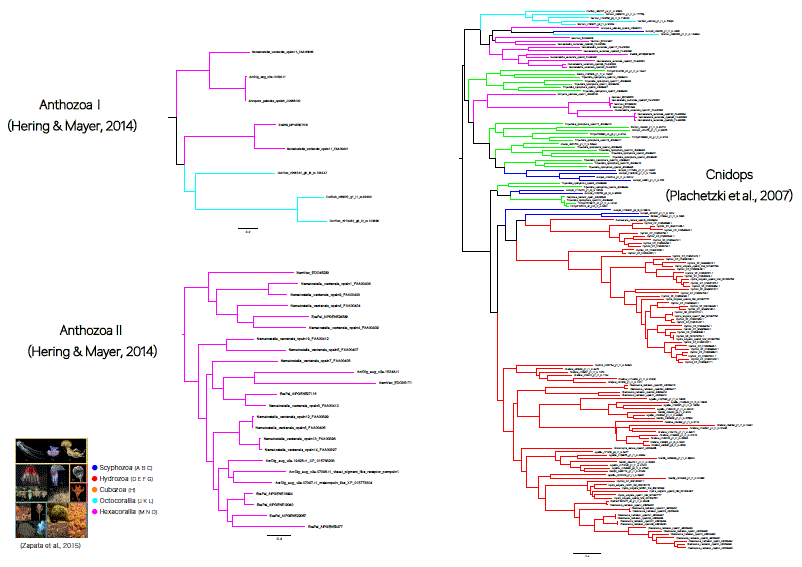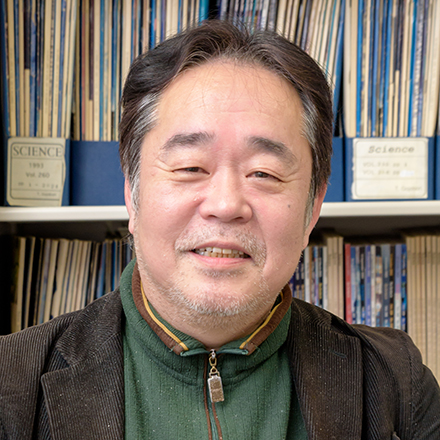Ikeo Group • DNA Data Analysis Laboratory
Study for molecular evolution using genome sequence and gene expression
Faculty
Research Summary
We study the evolutionary process for acquisition of novel phenotypic characters by comparative genomics and molecular evolutionary approaches, using various materials such as animals, fungi, or bacteria. Particularly, we have recently focused more on (1) Molecular evolutionary analysis of genes associated with sensory organs, (2) Biodiversity and dynamics of marine microbes based on metagenomic analysis, (3) Molecular phylogeny based on mitochondrial and nuclear genes, (4) Study of disease causal gene and gene model of disease, (5) Knowledge finding and system development for big data in life science.

Selected Publications
Ota N, Hirose H, Yamazaki Y, Kato H, Ikeo K, Sekiguchi J, Matsubara S, Kawakami H, Shiojiri N. Comparative study on a unique architecture of the brook lamprey liver and that of the hagfish and banded houndshark liver. Cell Tissue Res. 2024 Nov;398(2):93-110.
Yoshida MA, Hirota K, Imoto J, Okuno M, Tanaka H, Kajitani R, Toyoda A, Itoh T, Ikeo K, Sasaki T, Setiamarga DHE. Gene Recruitments and Dismissals in the Argonaut Genome Provide Insights into Pelagic Lifestyle Adaptation and Shelllike Eggcase Reacquisition. Genome Biol Evol. 2022 Nov 4;14(11):evac140.
Kinjo S, Kiyomoto M, Suzuki H, Yamamoto T, Ikeo K, Yaguchi S. TrBase: A genome and transcriptome database of Temnopleurus reevesii. Dev Growth Differ. 2022 May;64(4):210-218.
Yuyama I, Higuchi T, Mezaki T, Tashiro H, Ikeo K. Metatranscriptomic Analysis of Corals Inoculated With Tolerant and Non-Tolerant Symbiont Exposed to High Temperature and Light Stress. Front Physiol. 2022 Apr 11;13:806171.
















